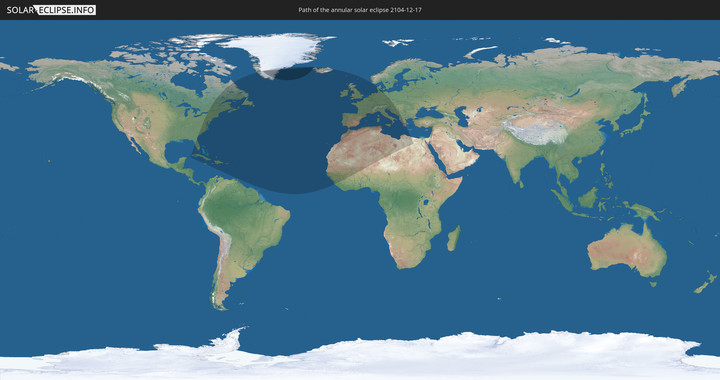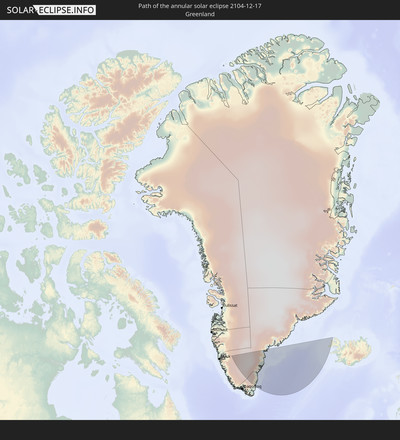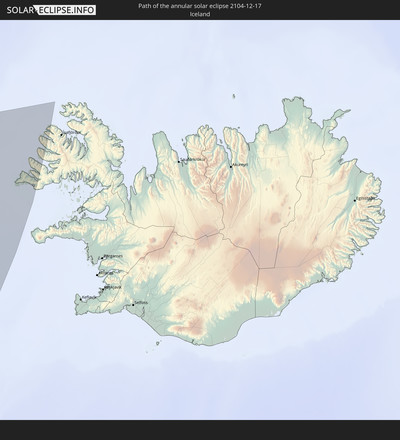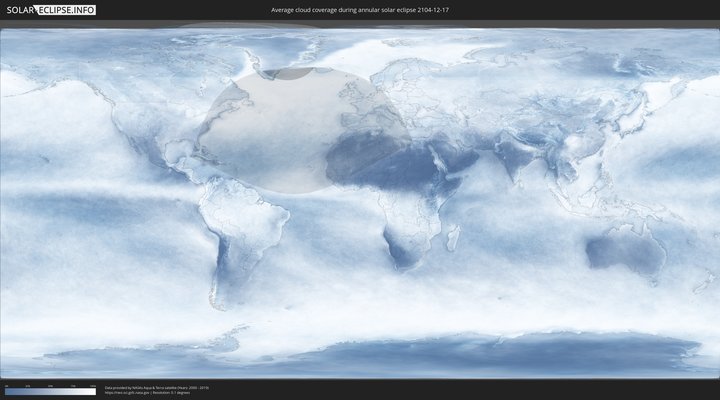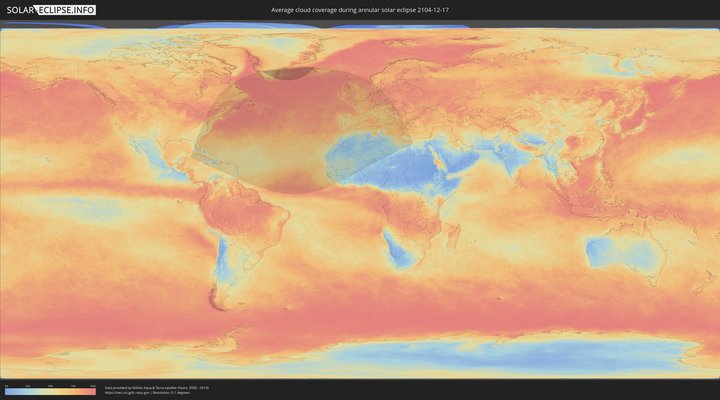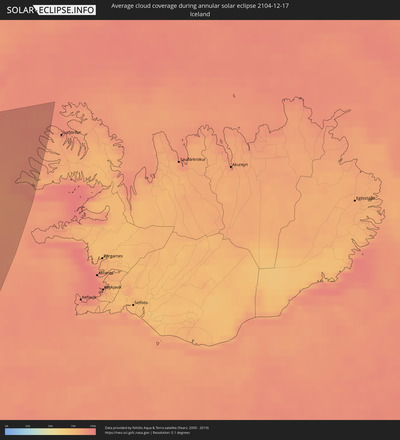Annular solar eclipse of 12/17/2104
| Day of week: | Wednesday |
| Maximum duration of eclipse: | - |
| Maximum width of eclipse path: | 0 km |
| Saros cycle: | 153 |
| Coverage: | 93.8% |
| Magnitude: | 0.9381 |
| Gamma: | 1.012 |
Wo kann man die Sonnenfinsternis vom 12/17/2104 sehen?
Die Sonnenfinsternis am 12/17/2104 kann man in 82 Ländern als partielle Sonnenfinsternis beobachten.
Der Finsternispfad verläuft durch 2 Länder. Nur in diesen Ländern ist sie als annular Sonnenfinsternis zu sehen.
In den folgenden Ländern ist die Sonnenfinsternis annular zu sehen
In den folgenden Ländern ist die Sonnenfinsternis partiell zu sehen
 United States
United States
 United States Minor Outlying Islands
United States Minor Outlying Islands
 Canada
Canada
 Greenland
Greenland
 Cuba
Cuba
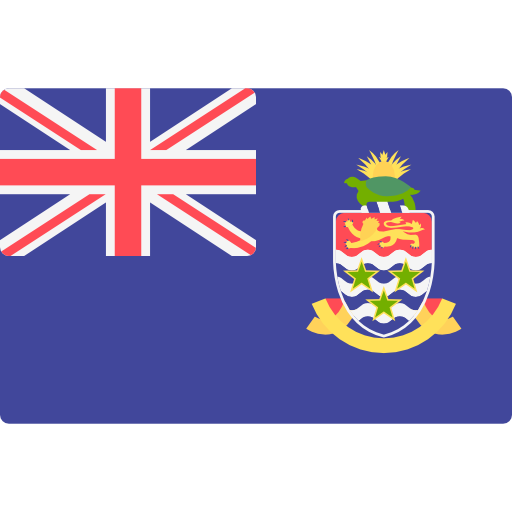 Cayman Islands
Cayman Islands
 The Bahamas
The Bahamas
 Jamaica
Jamaica
 Haiti
Haiti
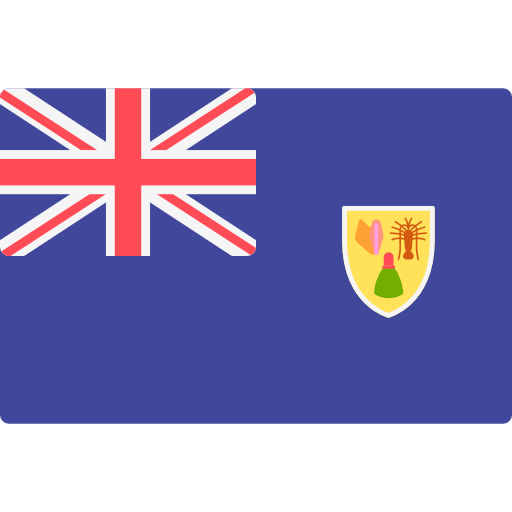 Turks and Caicos Islands
Turks and Caicos Islands
 Dominican Republic
Dominican Republic
 Puerto Rico
Puerto Rico
 United States Virgin Islands
United States Virgin Islands
 Bermuda
Bermuda
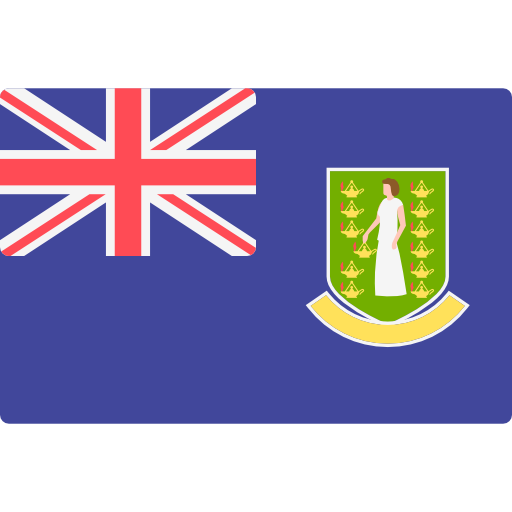 British Virgin Islands
British Virgin Islands
 Anguilla
Anguilla
 Collectivity of Saint Martin
Collectivity of Saint Martin
 Saint Barthélemy
Saint Barthélemy
 Saint Kitts and Nevis
Saint Kitts and Nevis
 Antigua and Barbuda
Antigua and Barbuda
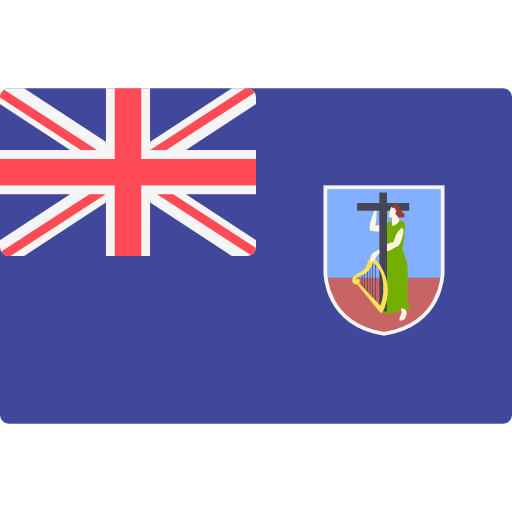 Montserrat
Montserrat
 Trinidad and Tobago
Trinidad and Tobago
 Guadeloupe
Guadeloupe
 Grenada
Grenada
 Dominica
Dominica
 Saint Vincent and the Grenadines
Saint Vincent and the Grenadines
 Martinique
Martinique
 Saint Lucia
Saint Lucia
 Barbados
Barbados
 Saint Pierre and Miquelon
Saint Pierre and Miquelon
 Portugal
Portugal
 Cabo Verde
Cabo Verde
 Iceland
Iceland
 Spain
Spain
 Senegal
Senegal
 Mauritania
Mauritania
 The Gambia
The Gambia
 Guinea-Bissau
Guinea-Bissau
 Guinea
Guinea
 Sierra Leone
Sierra Leone
 Morocco
Morocco
 Mali
Mali
 Republic of Ireland
Republic of Ireland
 Algeria
Algeria
 United Kingdom
United Kingdom
 Faroe Islands
Faroe Islands
 Burkina Faso
Burkina Faso
 Gibraltar
Gibraltar
 France
France
 Isle of Man
Isle of Man
 Guernsey
Guernsey
 Jersey
Jersey
 Niger
Niger
 Andorra
Andorra
 Belgium
Belgium
 Netherlands
Netherlands
 Norway
Norway
 Luxembourg
Luxembourg
 Germany
Germany
 Switzerland
Switzerland
 Italy
Italy
 Monaco
Monaco
 Tunisia
Tunisia
 Denmark
Denmark
 Libya
Libya
 Liechtenstein
Liechtenstein
 Austria
Austria
 Czechia
Czechia
 San Marino
San Marino
 Vatican City
Vatican City
 Slovenia
Slovenia
 Chad
Chad
 Croatia
Croatia
 Malta
Malta
 Bosnia and Herzegovina
Bosnia and Herzegovina
 Hungary
Hungary
 Montenegro
Montenegro
 Serbia
Serbia
 Albania
Albania
 Greece
Greece
 Republic of Macedonia
Republic of Macedonia
 Egypt
Egypt
How will be the weather during the annular solar eclipse on 12/17/2104?
Where is the best place to see the annular solar eclipse of 12/17/2104?
The following maps show the average cloud coverage for the day of the annular solar eclipse.
With the help of these maps, it is possible to find the place along the eclipse path, which has the best
chance of a cloudless sky.
Nevertheless, you should consider local circumstances and inform about the weather of your chosen
observation site.
The data is provided by NASAs satellites
AQUA and TERRA.
The cloud maps are averaged over a period of 19 years (2000 - 2019).
